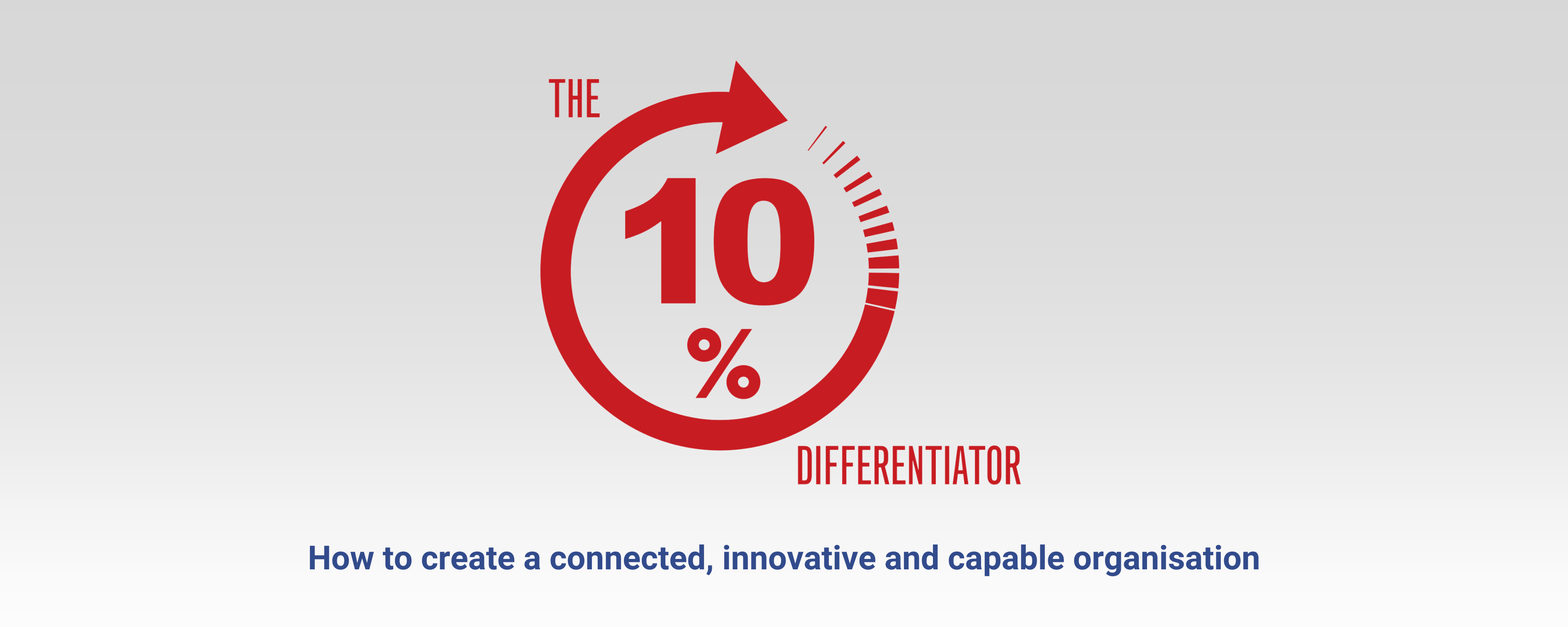
Emotions are a powerful tool in leadership, not something to be suppressed.
1. Ideas, Insights and Inspirations
In the world of leadership, emotions often take a back seat as many leaders strive to maintain a façade of stoicism and factual engagement. However, emotions are not just inevitable but essential, revealing the authentic self and enhancing connections within the workplace. A recent coaching session with a leader highlighted the transformative power of embracing emotions constructively in leadership roles.
The Misunderstanding of Emotional Expression
Many leaders, particularly those who naturally restrain their emotional expression, harbour misconceptions about emotions. They equate showing emotions with negative displays like anger or aggression. This view not only stifles authentic communication but also leads to destructive outcomes that can undermine leadership goals.
Healthy Emotional Expression
- Recognising the spectrum of emotions: Emotions are not limited to anger and aggression. They encompass a wide range of feelings from joy and satisfaction to concern and disappointment, all of which can be constructively integrated into leadership practices.
- The authenticity of emotions: Authentic leadership involves showing your true feelings and concerns. This authenticity helps others see the leader as relatable and trustworthy, which is crucial for fostering a supportive team environment.
- Distinguishing between constructive and destructive emotions: It's vital for leaders to express emotions in a way that builds rather than destroys. Constructive emotional expression facilitates understanding and motivates teams, while destructive emotions can lead to fear and disengagement.
Implementing Emotional Authenticity
- Expressing genuine concern and care: When leaders share their genuine concerns about the impacts of not achieving goals—for example, the potential need to downsize or the consequences on job security—it resonates more deeply with the team.
- Celebrating success emotionally: Communicating appreciation and joy over team achievements encourages continued effort and loyalty. Leaders should not shy away from expressing positive emotions that reinforce their team’s success.
- Facilitating open emotional dialogues: Encouraging an environment where team members can express their emotions and concerns without fear of negative repercussions leads to healthier communication and innovation.
- Leading by emotional example: Leaders should model the emotional behaviour they expect from their teams. By demonstrating how to express emotions appropriately and constructively, they set the standard for everyone else.
2. Reflections

In our roles as leaders, we yearn for the autonomy to execute our vision, to drive change, and to cultivate a future we deem possible. Often, we find our paths obstructed by various stakeholders, each with their unique expectations and directives. As we strive to do 'our thing,' we often find resistance or even indifference at every turn.
This resistance often originates from a disconnect between us and our team or other stakeholders. However, this disconnect arises because of a lack of shared understanding and values. So, it becomes clear that the secret to making strides toward our desired future – and our 10% Differentiator – lies in understanding, aligning, and expressing shared values.
3. Tools for Transformation
How do you use Emotions as a Leadership Tool?
Emotions are a powerful tool in leadership, not something to be suppressed. By understanding and using emotions wisely, leaders can increase their authenticity and foster a more motivated, engaged team. Remember, it's about harnessing emotions to create a thriving work environment where everyone can succeed together.
Interested in adopting this transformative approach? Download your copy of the Emotional Awareness Journal Tool below and begin your journey toward using emotions in Leaders effectively.
The 10% Differentiator - OUT NOW!

Imagine someone with all the right skills and knowledge. What's that little extra they need to focus on? It's simple things: building relationships, listening to feedback, really getting to know others, and showing they care. These small actions make a big difference in being a great leader.
These observations inspired my research and became the driving force behind my new book.
JOIN ANTON'S WEEKLY '10% DIFFERENTIATOR' NEWSLETTER FOR MORE INSIGHTS
Join me on a transformative journey to unlock your '10% Differentiator' and propel your organisation and leadership to extraordinary success.



